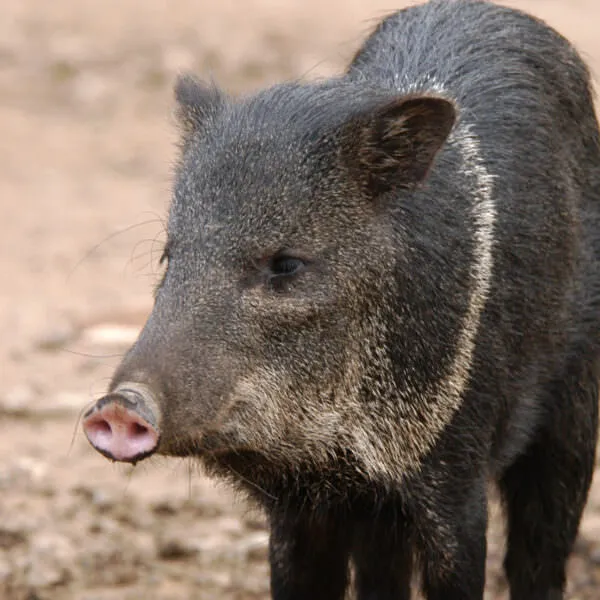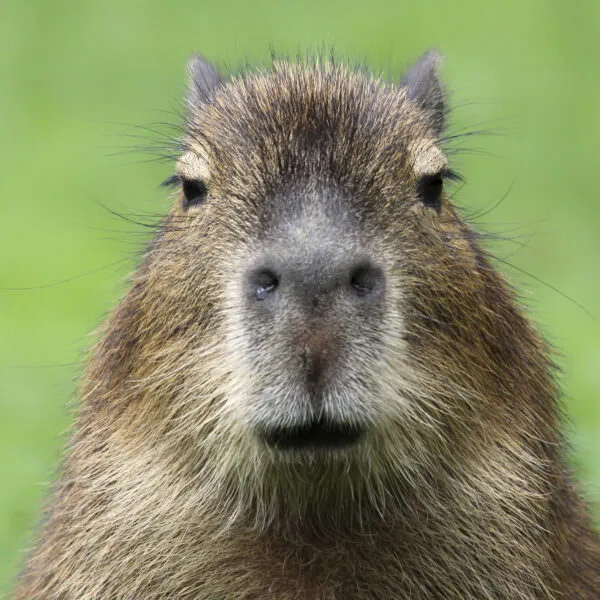Anatomy
The African elephant is the largest living land mammal, weighing in between 5,000 and 14,000 pounds and standing 8 to 13 feet tall, at their shoulders.
The most recognizable feature of the elephant—its trunk—serves many purposes. It is used to breathe, smell, draw water up into its mouth, as a hand to grab things (especially food), to throw dust or water on itself, digging, signaling to other elephants, and more. There are over 100,000 muscles in the trunk alone!
Both males and female African elephants have curved ivory tusks that grow throughout their lives. Their tusks are used to fight, dig, and strip bark off trees. Large, thin ears radiate heat to help the elephant stay cool in the intense heat. In the wild, African elephants live up to around 70 years in age!
We're All In
Together, we're building a future where people and nature thrive. Sign up today and join our movement...
Habitat
There are two subspecies of the African elephant—the forest and the savannah elephant. The forest elephant is mostly found in central and western Africa’s equatorial forests, while the savannah elephant is found throughout the grassy plains and bushlands of the continent. They live in herds consisting of related females and their calves. The herds are matriarchal, meaning that they are led by one female, while the males (bulls) tend to roam alone.
The family units of savannah elephants tend to be around 10 individuals, but these units can come together to form a «clan» of up to 70 individuals led by one female. Forest elephants live in smaller family units.
Diet
As herbivores, elephants have a diet that mainly consists of leaves and branches. However, they also eat grasses, fruit, and bark. They require a substantial amount of food to keep their massive bodies going, and can eat up to 300 pounds of food in one day! Because of the quantity of food needed, elephants roam great distances foraging for food and sleep very little. They also consume 30-50 gallons of water a day.
Threats
Sadly humans pose by far the greatest threat to the African elephant. They have suffered from intensive hunting for the ivory of their tusks and as trophies. Many efforts have been made to outlaw hunting elephants for their tusks, but poaching still occurs on a regular basis. It is thought that from 1930-1940 there were 3 to 5 million African elephants roaming the continent. At present, there are around 415,000 African elephants in the wild.
Sources
- Jukofsky, Diane. Encyclopedia of Rainforests. Connecticut: Oryx Press, 2002.
- WWF
- National Geographic
- African Wildlife Foundation
- The IUCN Red List of Threatened Species



